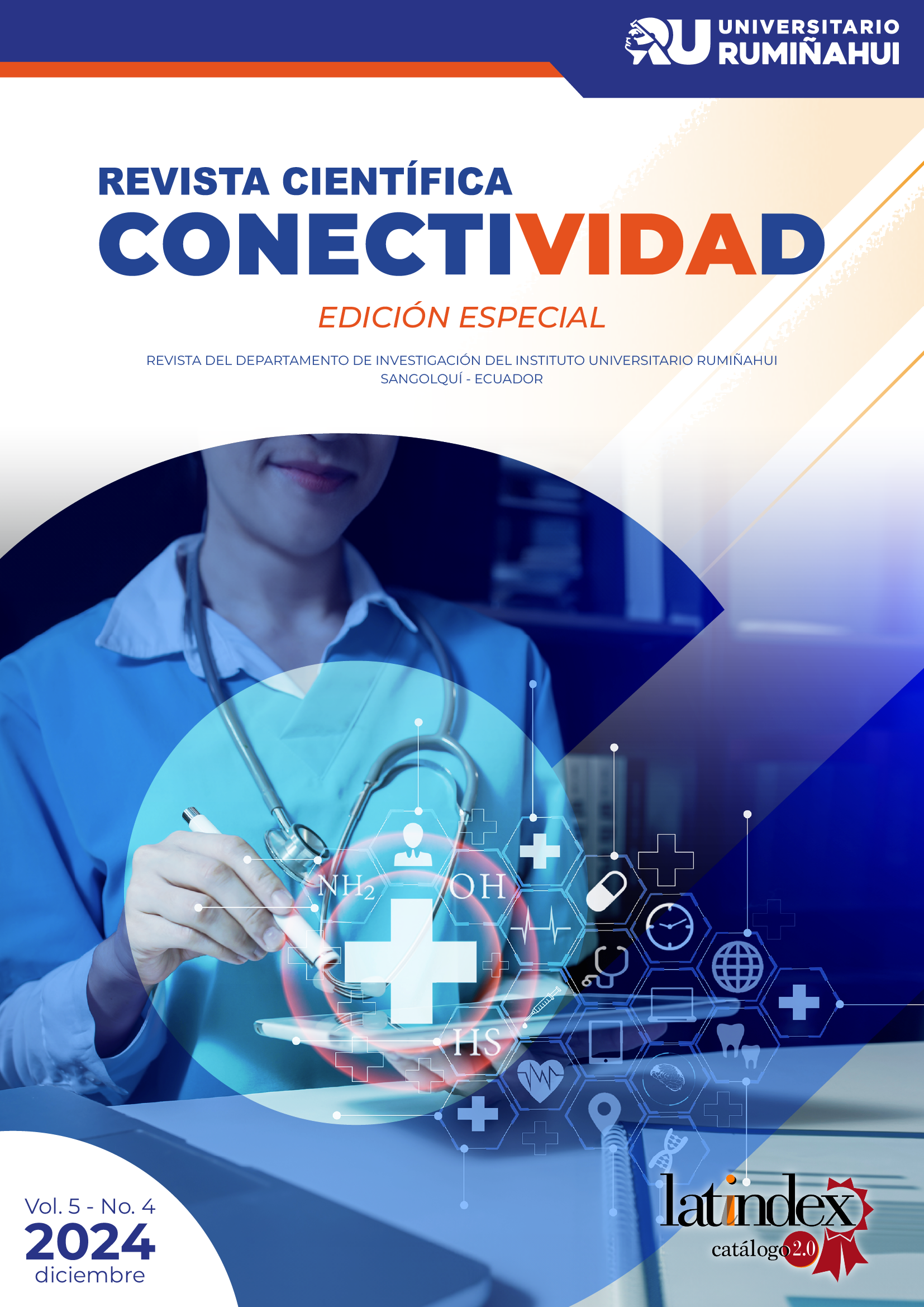Risk factors for healthcare-associated infections related to central venous catheter in critically ill patients.
DOI:
https://doi.org/10.37431/conectividad.v5i4.195Keywords:
Central venous catheter, Bacteremia, Epidemiology, Antimicrobial treatment, PreventionAbstract
Introduction: The research topic "Healthcare Associated Infections (HAI) related to central venous catheter in critically ill patients" is of great importance in the management of critically ill patients. Currently, in high-income countries, 7 out of 100 patients admitted to an intensive care hospital will contract at least one nosocomial infection during their hospitalization. The objective to identify the risk factors for Health Care Associated Infections related to central venous catheter in critically ill patients. The methodology Documentary research with qualitative analysis, where national and international guides, protocols, theses and scientific articles were reviewed that address content related to Health Care Associated Infections related to central venous catheter in critically ill patients. Results: 1 allowed us to know and conclude the factors that lead to patients’ candidates for inflammatory and infectious processes due to their central venous catheter collection, it can be observed that both in the placement, maintenance, treatment and removal of said catheters 2. Among the preventive measures, the protection of fences is an economical and important method and is considered the standard method to insert all types of catheters, because it improves infection control Conclusion: Infections Associated with Health Care commit us as health personnel to learn about research protocols that help us improve our care in order to prevent as much as possible any type of complications.
Published
How to Cite
Issue
Section
License
Copyright (c) 2024 Instituto Superior Tecnológico Universitario Rumiñahui

This work is licensed under a Creative Commons Attribution-NonCommercial 4.0 International License.
The originals published in the electronic edition under the first publication rights of the journal belong to the Instituto Superior Tecnológico Universitario Rumiñahui; therefore, it is necessary to cite the source in any partial or total reproduction. All the contents of the electronic journal are distributed under a Creative Commons Attribution-Noncommercial 4.0 International (CC-BY-NC 4.0) license.







2.png)





